It’s a delightful feeling when you get excited to create something, and then venture forth and share your creative endeavor with the rest of the world.
I am talking about the current trend of handmade watercolors. I too am a watercolor paint maker and an artist who uses them. I started using handmade paints when it came to my notice that some of the commercial ones were quite toxic, not only to humans but also to our environment.
I have also observed that many of the handmade paint makers use pigments that are of toxic nature and market them as non-toxic. Which I think is probably more due to ignorance rather than deliberate. Which makes me think, how many handmade watercolor paints that are out in the market carry correct labels and information for the end consumers?
READ THE WARNING LABELS: Toxic Supplies
I have mentioned this in my previous posts that the next best thing you can do before you buy your art supplies is to inform yourself. Always read the label of your supplies and choose environmentally friendly and/or non-toxic supplies. Toxic art supplies and materials are those that are harmful if inhaled or ingested, or that cause harmful reactions when in contact with skin. These chemicals are dangerous to flora and fauna for the same reasons. By knowing what materials are toxic and by limiting their use, you can help improve the overall environmental impact of your studio or art practices.
Following is a detailed list of toxic inorganic pigments used for making watercolor paints:
Whilst some of the inorganic pigments have been very well studied for their toxicological effects, data for others is not available and should, therefore, be treated as toxic. It’s beyond the scope of this article to discuss every pigment in detail. The following list only serves as a reference guide.
Highly Toxic Pigments /Known or Probable Carcinogens
Antimony white (antimony trioxide)
Barium yellow (barium chromate)
Burnt umber or raw umber (iron oxides, manganese silicates or dioxide)
Cadmium red or orange (cadmium sulfide, cadmium selenide)
Cadmium yellow (cadmium sulfide)
Cadmium barium colors (cadmium colors and barium sulfate)
Cadmium barium yellow (cadmium sulfide, cadmium selenide, barium sulfate, zinc sulfide)
Chrome green (Prussian blue, lead chromate)
Chrome orange (basic lead carbonate)
Chrome yellow (lead chromate)
Cobalt violet (cobalt arsenate or cobalt phosphate)
Cobalt yellow (potassium cobalt nitrate)
Lead or flake white (basic lead carbonate)
Lithol red (sodium, barium and calcium salts of soluble azo pigment)
Manganese violet (manganese ammonium pyrophosphate)
Molybdate orange (lead chromate, lead molybdate, lead sulfate)
Naples yellow (lead antimonate)
Strontium yellow (strontium chromate)
Vermilion (mercuric sulfide)
Zinc sulfide
Zinc yellow (zinc chromate)
Moderately Toxic Pigments
Cerulean blue (cobalt stannate)
Cobalt blue (cobalt stannate)
Cobalt green (calcined cobalt, zinc, and aluminum oxides)
Chromium oxide green (chromic oxide)
Manganese blue (barium manganate, barium sulfate)
Prussian blue (ferric ferrocyanide)
Viridian (hydrated chromic oxide)
Zinc white (zinc oxide)
Needless to say, art is a great contribution to the world. It has been existing for thousands of years and it is here to stay! It inspires us, boosts our creativity and has a calming effect on us. However, sometimes the process of creating art can end up hurting more than benefits. Working with watercolors or any other kind of art supplies, which are of toxic nature, often have serious detrimental effects on our environment.
I take great care and do my best in having reduced or when possible a negligible environmental impact with my art practices. Which is why I don’t use any paint that contains heavy metal ions. My watercolor palette is rather very limited consisting primarily of ochres (no known toxic effects at least), a couple of ultramarines (toxic if ingested) and a sparingly used pan of quinacridone red.
It is important to remember that protecting our planet is just as important as bringing beauty to it. By making a conscious choice in selecting your art supplies will help reduce the environmental impact of your studio practices. We only have one planet, and while your art helps to add beauty to it, we all can help protect it at the same time.
“What you do makes a difference, and you have to decide what kind of difference you want to make!”-Jane Goodall
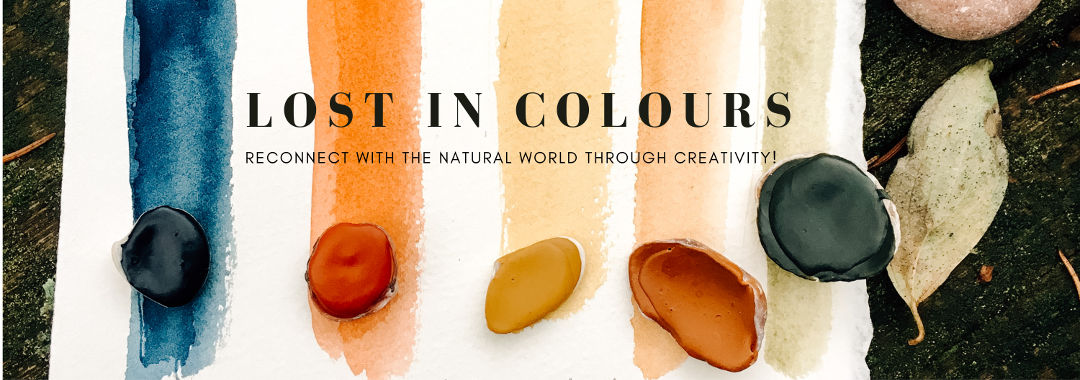
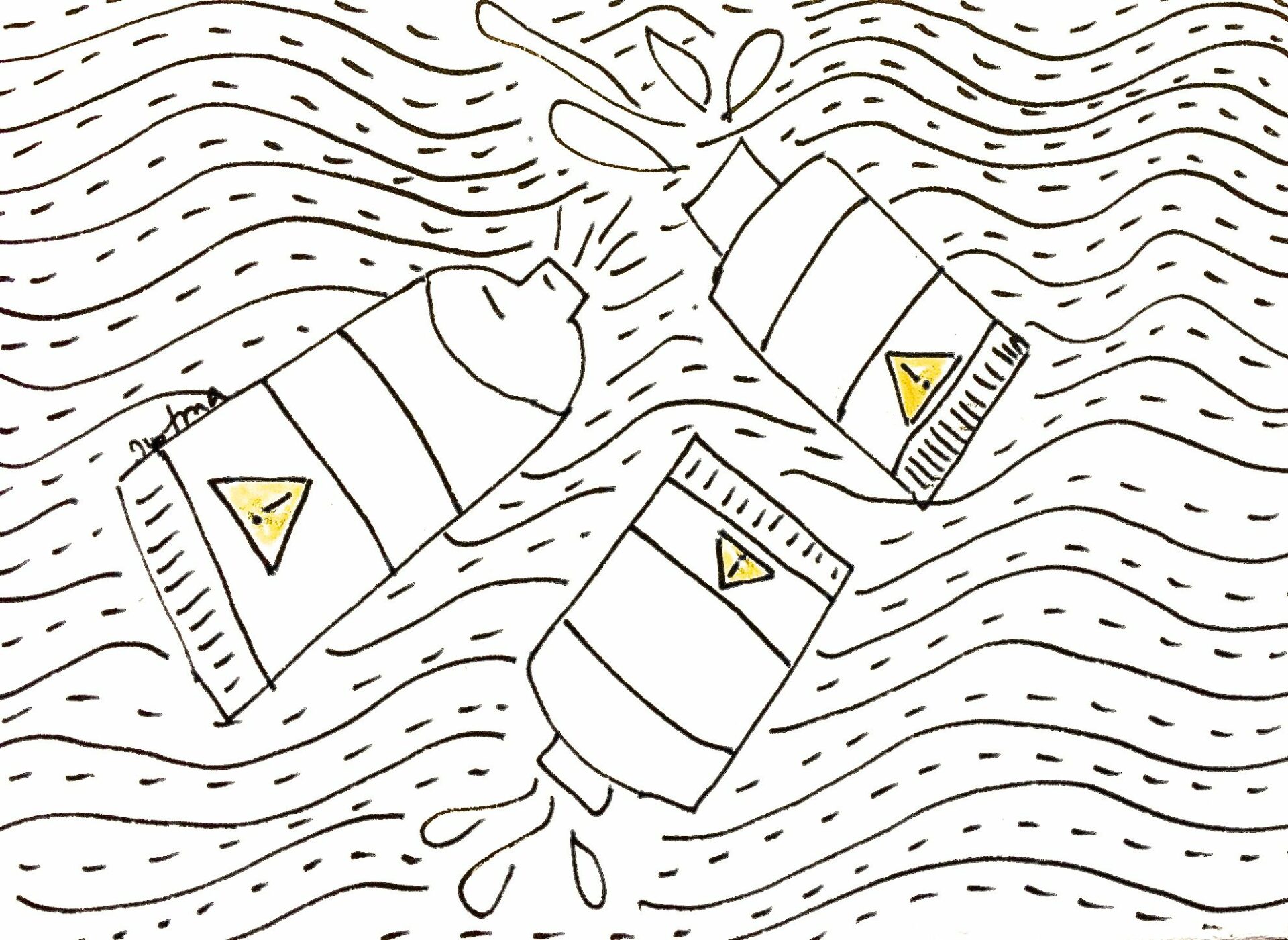
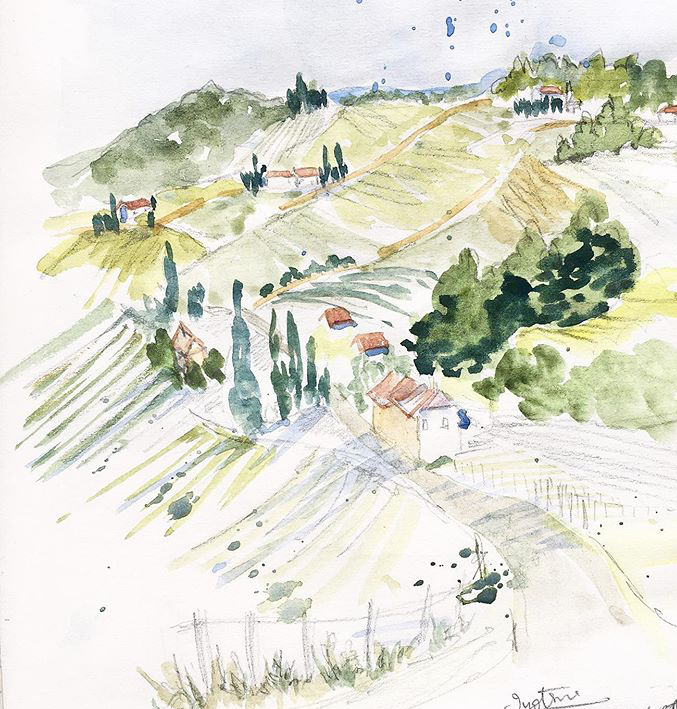
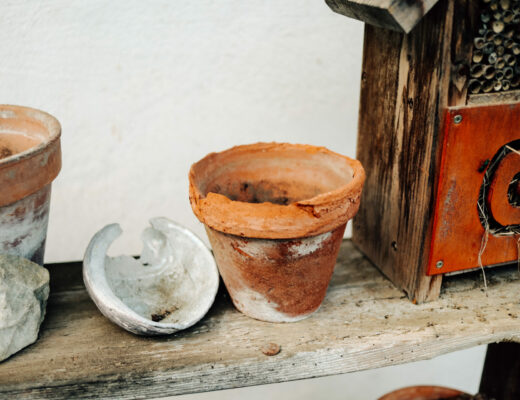
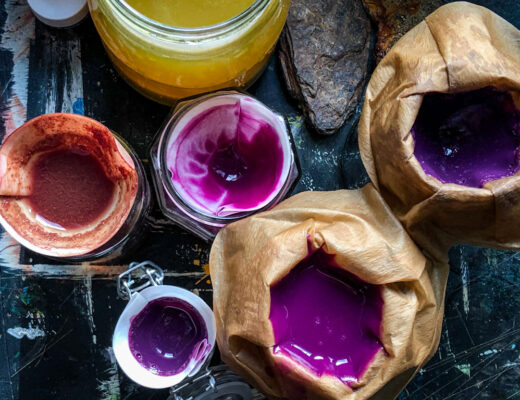
No Comments